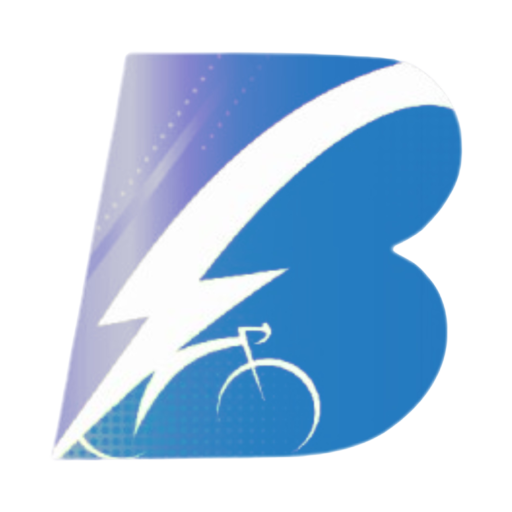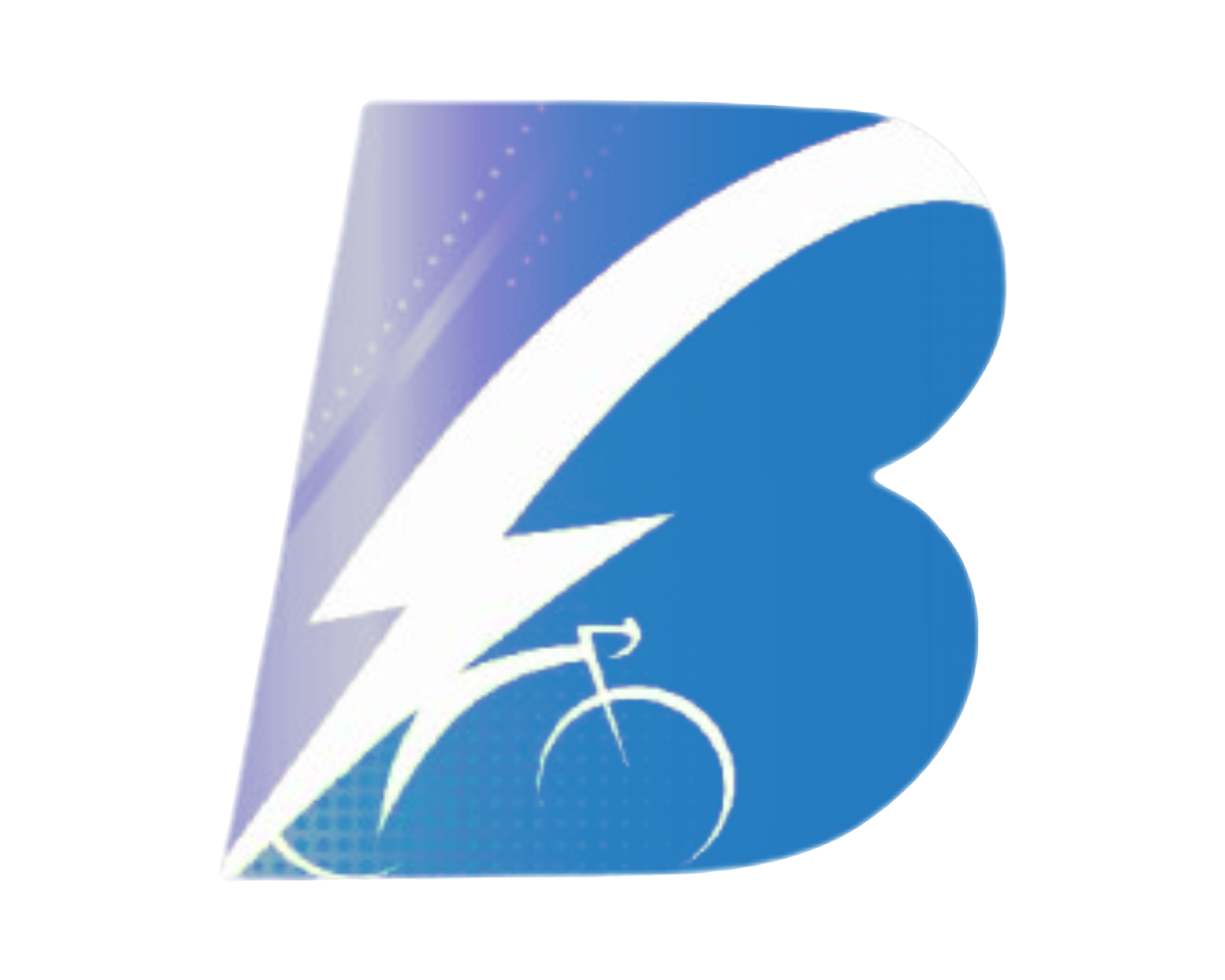Let’s talk E-bikes
Let’s talk E-bikes
Amongst the multitude of lifestyle choices on offer to us today we have a multitude of transportation options, some more eco-friendly than others.
Your average Joe kinda bike offers a zero-emission ride while providing great exercise for the rider, but if you are going to have a crack at a “ big one “ on 2 wheels instead of 4, good luck baby. Also, most riders would not want to show up for work or a meeting covered in sweat and out of breath.
Electrically assisted bicycles or ebikes are propelled by a combination of pedals and electricity. This can offer a fabulous compromise, allowing the rider to pedal with help from an electric motor when desired. Oh, and they do not create negative climate points either—a nice bonus.
E- Bike Definition
The term “ebike” is casually used to describe all electrically assisted bicycles, but some countries make a legal distinction between various types of electric bikes. In those cases, “ebike” refers to an electrically assisted bicycle whose motor can be engaged either through pedalling or by a throttle. Known as a “power-on-demand” ebike because the rider can choose to turn on/off the motor, even if they are not pedalling. An ebike whose motor engages only while the bike is being pedalled is known as a “:pedelec” a mix of “pedal” and “electric.” From this point forwad, we’ll use “ebike” in a generic sense, meaning any electrically assisted bicycle.
Pedelec and S-Pedelec
Pedelecs can be broken into two categories based on their maximum speeds.
Pedelec
The motor will engage when the ebike is being pedalled and will disengage when the ebike reaches 25 km/hr the maximum allowable for a pedelec in most Australian states and Territories.
S-Pedelec
A speed pedelec (or S-pedelec) can achieve speeds of 40 km/hr and may be considered a motor vehicle in some states, which means that the rider must be licensed and insured. If you are considering an ebike, check your local state regulations to be sure you are in compliance.
Drivetrain Technology
The Ebike drivetrain consists very simply of the pedals and motor, the crankset (the point where the pedals spin the main sprocket), and the transmission (gears). And pretty much will never stray from that combination.
Most pedelecs use brushless DC (BLDC) motors, and in today’s market are inexpensive, lightweight, reliable, and efficient. Ebike motors can typically deliver between 250 and 1000 watts of power and requires a relatively unsophisticated controller, usually in the form of an inexpensive microcontroller with some power electronics to regulate its speed and torque.
Hope your still out there, not long to go
DC HUB MOTORS
Hub motors are in assembled in the centre of one of the wheels, driving the wheel directly. They too, are relatively inexpensive, but they do not provide a lot of torque. This can be remedied by adding a planetary gear system to the motor, but that increases its cost and complexity while also decreasing its reliability. Some hub motors even include a fully automatic continuously variable transmission (CVT). A hub motor can be attached to the bike’s front or rear wheel, but either way, it will shift the bike’s centre of gravity, which affects its handling.
MID DRIVE MOTORS
You know! This is the most discussed topic when buyers ask me “should I buy an ebike with a mid drive motor or hub”?
Mid drive motors built into the bike’s crankset. This configuration lets the electric motor take advantage of the bike’s existing gears, a combination that delivers more torque than a conventional hub motor can provide, you would love this if you are continually riding hilly terrain. Although if this configuration is part of the frame geometry the motor can only be replaced with an exact same replacement.
Since the mid drive motor is located directly under the rider (and this is so cool about the MDM), it has a negligible effect on the centre of gravity, making the bike easier to handle. The trade-off is that mid drive motors are more expensive than hub motors. E-bikes with mid drive motors use a standard derailleur gear set, the same gearing system found on normal pedal only bikes, although the size of the gears may change to compensate for the electric power available.
There is always some sort of compromise but, well worth it believe me!!!
Like electric cars, ebikes use batteries as their “fuel tanks.” The most common type, not surprisingly, is the lithium-ion battery. A typical ebike battery may provide a range of 50-200 km, but the exact range depends largely on riding conditions. My own special piece of advice you is this “TALK TO YOUR SUPPLIER AND BE COMFORTABLE WITH WHAT YOU HEAR, DON’T TAKE ANY NONSENSE”
The batteries normally mount to the bike’s frame and are detachable, so they can be brought inside a building for recharging.
And so, there you have it. My first Blog and hopefully you are somewhat the wiser. If not contact us and we will provide any information you want.
Remember

